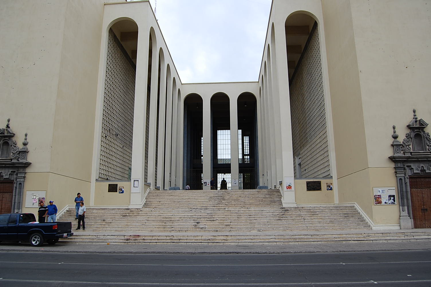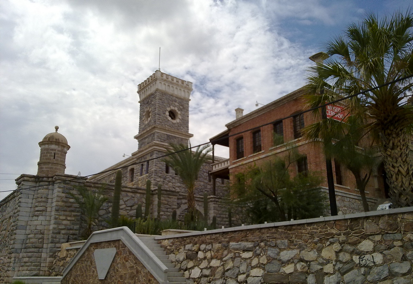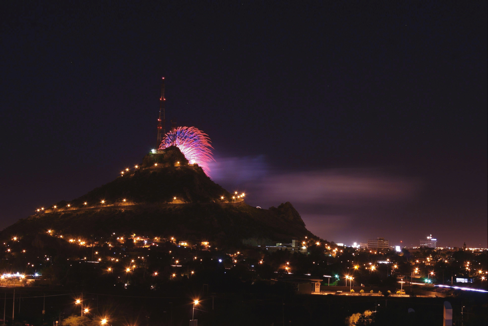It is not only the capital, but it is also the largest city in Sonora as well as the main economic center for the state and region. It has an area of 64.94 square miles and a population of around 800,000 inhabitants (70% of Sonora’s population), making it Mexico’s 16th largest city.

Hermosillo has a hot desert climate. Temperatures can range from as low as freezing in January and February to 48 °C in July and August. Rain falls mostly between June and September.

The city has a professional baseball team called Naranjeros de Hermosillo (Orange Growers) that plays in Estadio Sonora. Baseball has always been popular in this city since the late 19th century. The club had its beginnings in the 1950s, when the Sonora Winter League was founded as a complement to the already Pacific Coast League. The Naranjeros were officially organized in 1958. Since then, the team has won 16 championships in the Pacific Coast League and two championships in the Caribbean Series and even became the host for the 2013 edition.

As the city is located on a plain in the Sonoran Desert, surrounded by flat areas with grass, behind which are greener hills that are then framed by serrated peaks in the background, the city is a common stopover for North Americans traveling by car toward the coast, and the only city in Mexico that purifies all drinking water before it goes to homes.

The center of the city is Plaza Zaragoza, built in 1865, in which there is a Moorish-style kiosk, which was brought from Florence, Italy, in the early 20th century. The plaza has a floral garden and is framed by the State Government Palace and the Cathedral.

The cathedral, named Catedral de la Asunción, was started in 1861 and is a mix of predominantly Neoclassical architecture with Neo Gothic decorative elements.

The Regional Museum was opened in 1960 with only one small hall, which exhibited archeological finds from the region. Today, there are two large halls, one dedicated to anthropology and the other to history. The anthropology hall displays archeological finds such as tools, utensils, textiles, stone objects and more from both the pre-Hispanic and colonial periods. The second focuses on the colonial period and contains items such as documents, maps, tools, coins and more.

Museo de Sonora (Museum of Sonora) is housed in a building that originally functioned as a prison. It was completed in 1907 and built by the mostly indigenous prisoners themselves. This museum has eighteen rooms covering various aspects of the state including its paleontology, history, archeology and ethnography. It has also conserved some of the cells of the original prison. Some of its more important items in the collection include a serpent’s head from the Teotihuacan period, a collection of coins from the 16th century and various antique weapons.

The Museo de Culturas Populares e Indígenas de Sonora (Museum of Popular and Indigenous Cultures of Sonora) houses a museum mostly dedicated to the indigenous cultures of the state, including crafts, clothing, customs and ways of life.

Plaza Hidalgo area of the city was a very fashionable area during the first half of the 20th century when a number of the wealthy and influential of the city built homes here. Today, many of these constructions now house institutions such as Instituto Sonorense de Cultura, Colegio de Sonora, Radio Sonora, Colegio Library and Colegio de Notarios. Each weekend, the plaza becomes a cultural center, hosting various activities and events such as concerts, exhibitions, theatrical works and more.

Cerro de la Campana mountain is one of the symbols of Hermosillo. Its summit is 350 meters (1,150 ft.) above the valley floor and contains a lookout called El Caracol. There are two theories as to the origin of the mountain’s name. One states that it is from a peculiar metallic sound that is made when the mountain’s rocks fall against each other. The other is based on the bell-like shape of the elevation.
